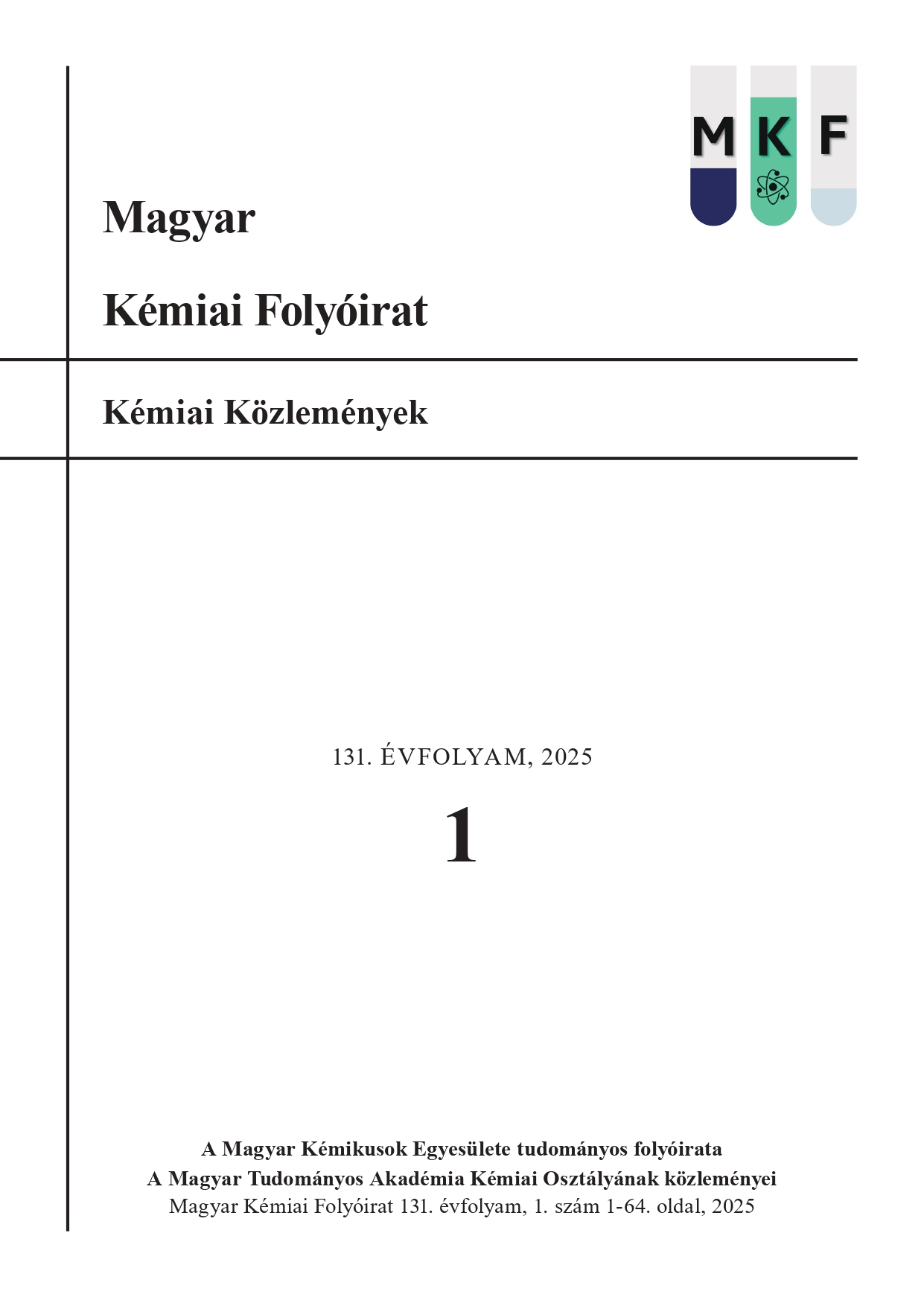Characterizing the glycosylation profiles of extracellular vesicles isolated from cell lines
Abstract
Extracellular vesicles (EVs) are nanometer-sized membrane-bound particles released by cells into the extracellular space. They participate in intercellular signaling and EVs released by tumor cells have been found to play profund roles in the tumor microenvironment. Small EVs have a diameter smaller than 200 nm. Post-translational modifications (PTMs) of proteins present in EVs are challenging to analyze due to the relatively small sample amount available. Glycosylation is one the most frequent PTMs and involves the attachment of diverse glycan chains to proteins or lipids. It is known to be heavily involved in various signaling events. During N-glycosylation the glycans are attached to asparagine residues within the consensus sequence (NXS/T, where X= any amino acid except proline). Mammalian N-glycans share a common pentasaccharide core, and based on further elongation can be divided ito three classes: oligomannose, complex and hybrid. Proteglycans, a class of glycoproteins contain long linear polysaccharides, glycosaminoglycans (GAGs) composed of repeating disaccharides. The chondroitin sulfate (CS) GAG class consists of glucuronic acid and N-acetylgalactosamine units, with variable levels of sulfation influencing binding of signaling molecules. Aberrant glycosylation has been described in several diseases inlcuding cancer. Although there is ample examples in the literature describing alterations occuring at the proteomic level in small EVs in cancer, their glycosylation profiles are still underexplored. Our long term goal is to explore the glycosylation profiles of tumor-derived EVs isolated from the plasma of lung cancer pateints as predictive biomarkers. As a first step we performed the in-depth characterization of N-glycosylation and CS profiles of small EVs isolated from the A549 lung adenocarcinoma and the BEAS-2B non-tumorigenic cell line. We used nanoflow ultra-high performance liquid chromatography tandem mass spectrometry for the structural analysis of these glycosylation features. The tumor-cell derived and non-tumor cell-derived small EVs could be differentiated from each other based on their proteomic, N-glycosylation and CS GAG profiles using principal component analysis. This highlights the utility of monitoring alterations at the glycosylation level e.g. in the case of diagnostic applications.






